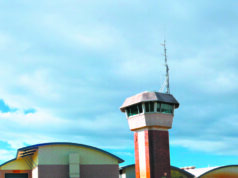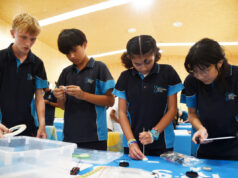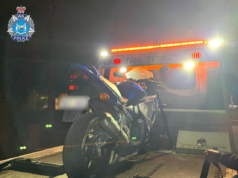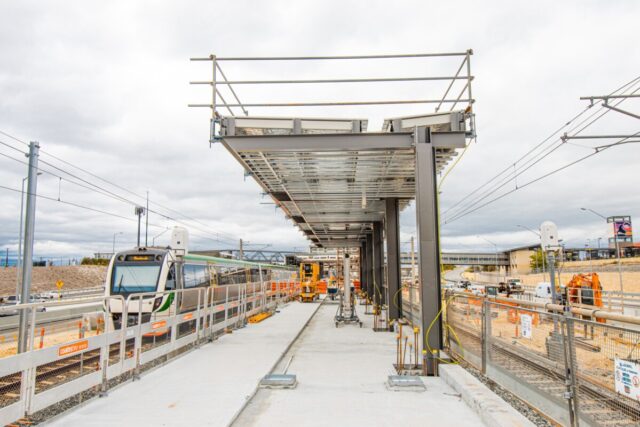
The Thornlie-Cockburn Link is almost ready to roll, with a series of major project milestones bringing Perth’s long-awaited east-west rail connection one step closer to opening day on June 9.
The project to connect the Mandurah and Armadale Lines has been marked by impressive engineering feats and memorable community moments.
One of the biggest achievements so far has been the installation of Australia’s largest bridge beams for the new Ranford Road Bridge, each weighing more than 197 tonnes. This vital connection allowed traffic to shift onto the new bridge so that demolition of the old one could begin.
Nearby, a tunnel boring machine named ‘Jana’, after 13-year-old Coogee resident Jana Edmondson, drilled twin tunnels beneath the freight rail corridor—a proud moment for the young winner of a community naming competition that attracted 1,300 entries.
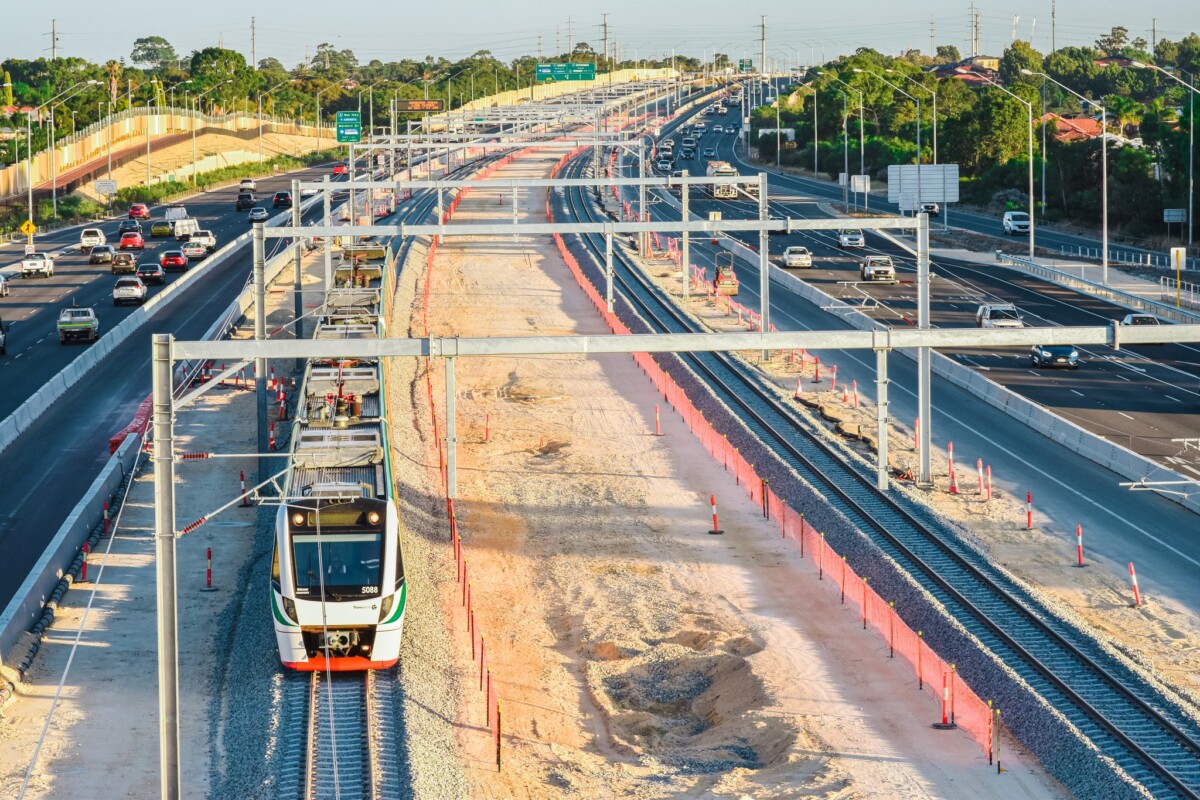
At Cockburn Central Station, platforms were extended and a canopy installed to prepare for the influx of new passengers. Meanwhile, five steel trusses were fitted under the Canning River Bridge 17, adding more strength to the network.
Back at Ranford Road Station, the project came to life with the first concrete pour, while the old Thornlie Station platform was demolished to make way for a brand-new facility.
The track-laying phase also marked a significant step forward. Not only were new tracks installed along the route, but the team reached a sustainability milestone by using over 27,000 tonnes of recycled materials in everything from steel and concrete to ballast and plastic pipes.
Another key moment came with the completion of the Glen Iris Tunnel track slabs, paving the way—literally—for passenger rail installation.
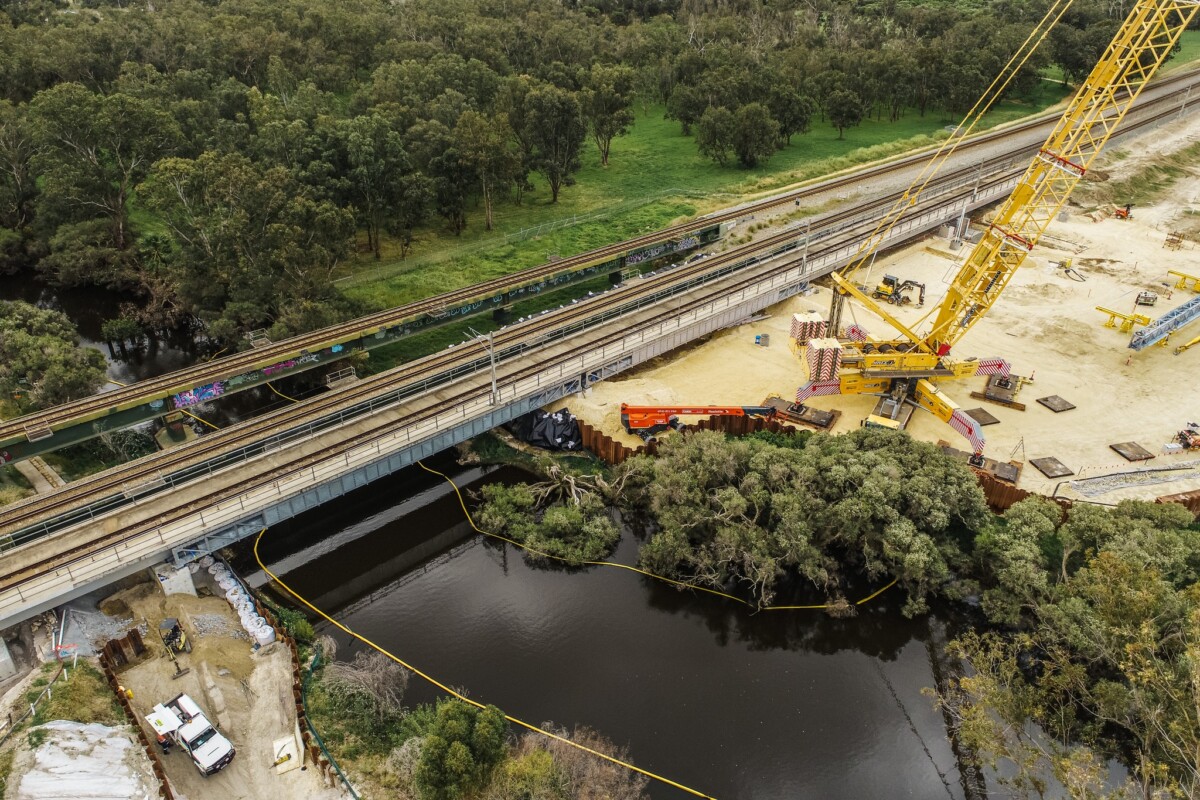
And in early 2025, anticipation surged as the first test trains ran on the new line, proving the system is on track and ready to welcome commuters.
In preparation for full operation, METRONET conducted a crucial emergency training exercise on Wednesday, April 9, between 8am and 1:30pm. The simulation took place at Queens Park and Cannington Stations, featuring a stationary train on the viaduct and approximately 50 passengers being evacuated via Queens Park Station. Emergency services including DFES, St John Ambulance, and WA Police took part to ensure they were ready to respond to any potential incidents on the new rail infrastructure. Traffic management was also in place on Railway Parade, particularly between George Street and Treasure Road, to ensure the safety of vehicles, cyclists, and pedestrians.



